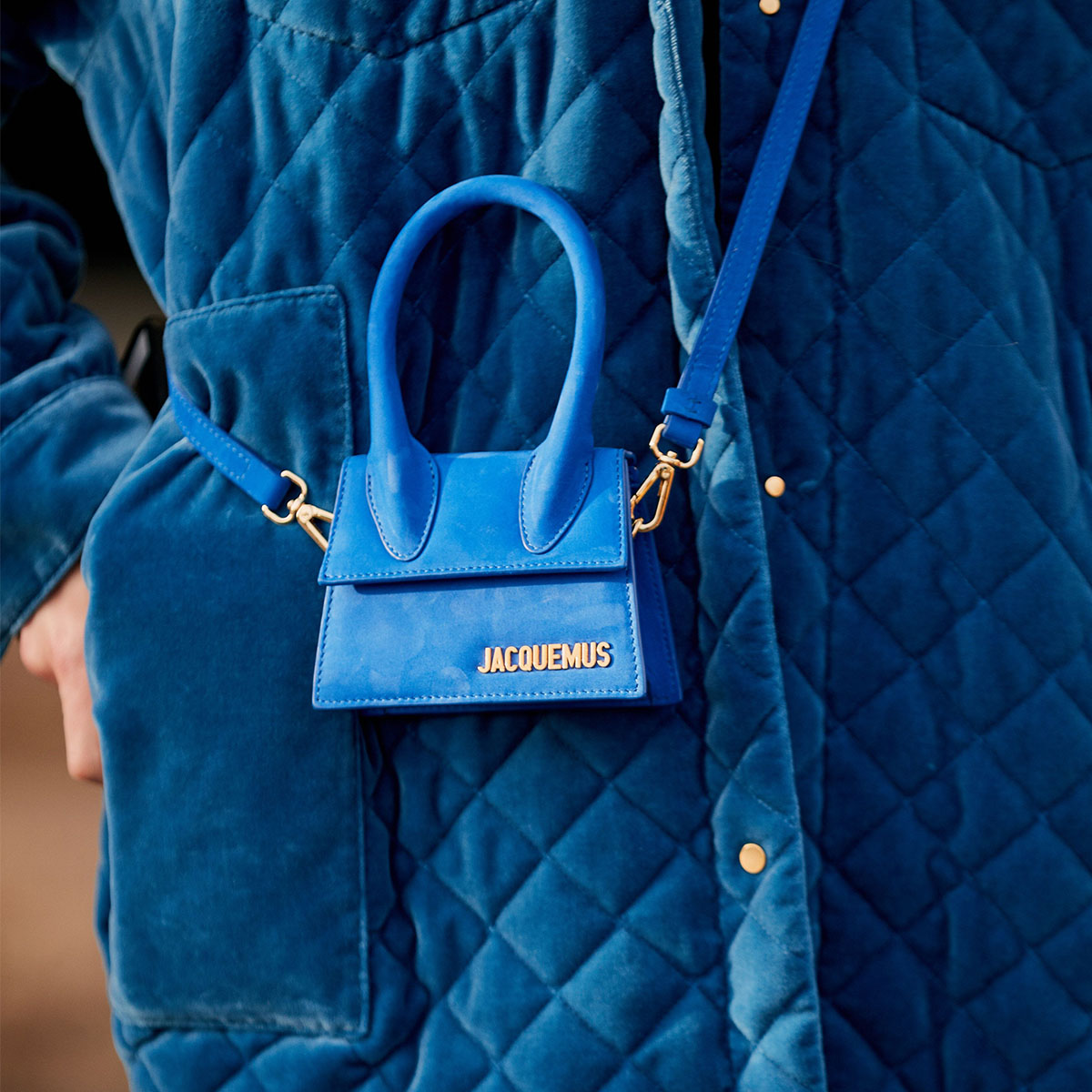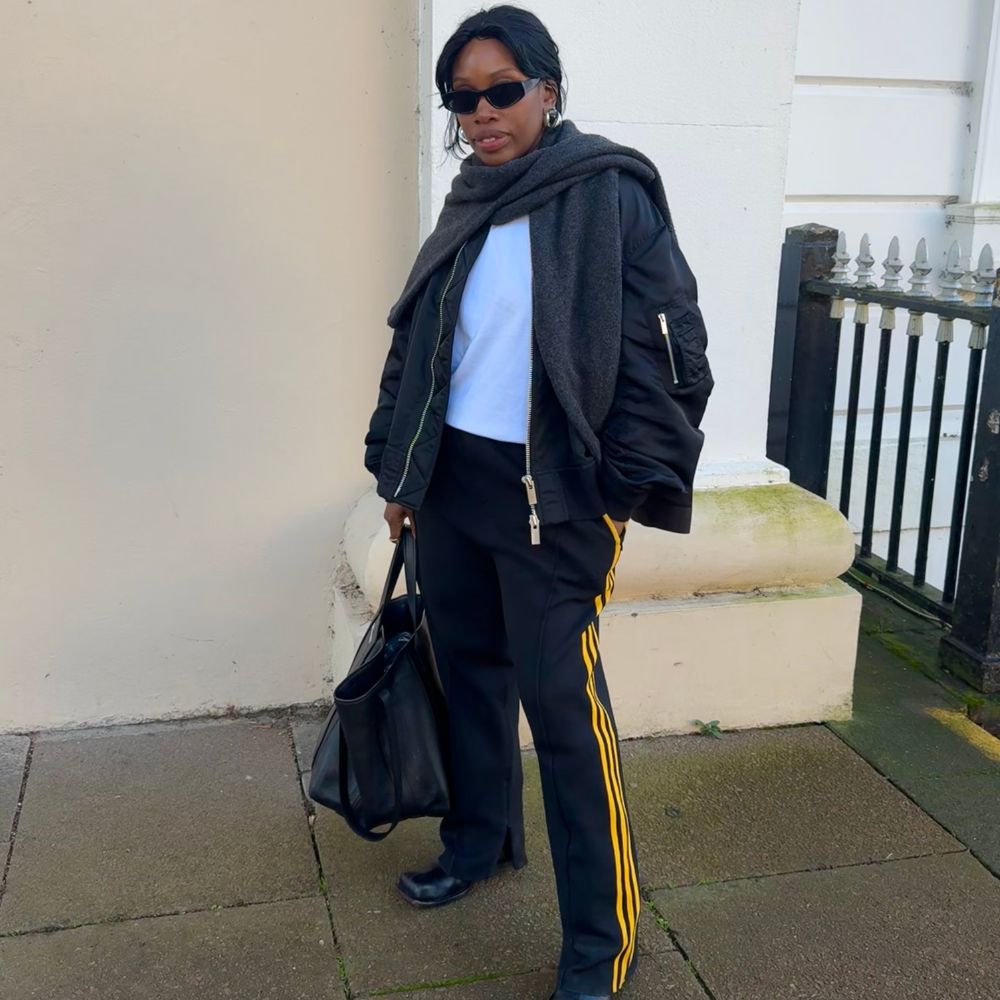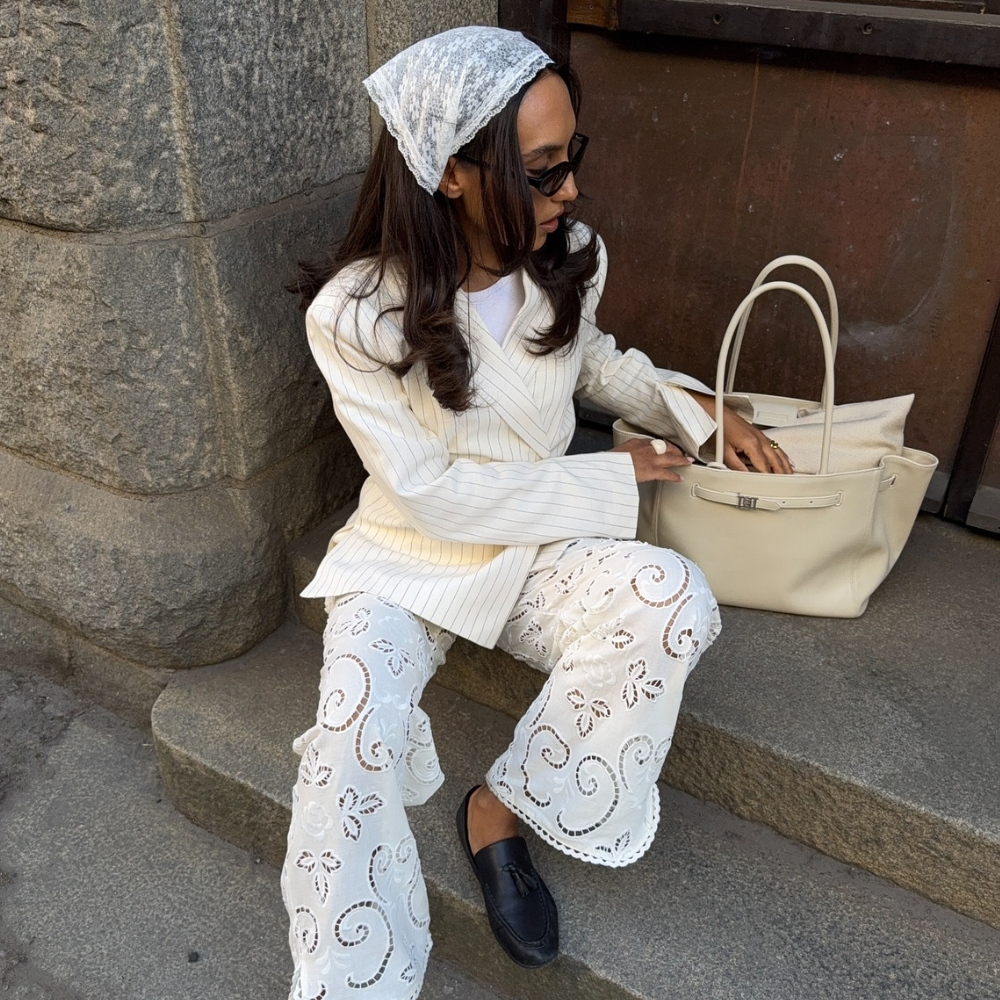Are You Doing Laundry Right? We've Got the Dos and Don'ts
The rules for washing your clothes aren't hard but it can be so easy to suddenly find yourself with a load of pink laundry when you thought you were doing whites (curse that rogue red sock). There are other classic problems that can occur when doing laundry, such as accidentally shrinking a jumper or your favourite pair of jeans. While it's embarrassing, we've all been there. To save any future similar washing situations arising, we've got a laundry-for-dummies guide, to help you decode those mysterious clothing labels, help you protect your delicates, explain how to speed up the drying process and more. Keep scrolling for our guide on how to wash your clothes.

Decoding the symbols on clothing labels can feel a lot like taking a test—one that you definitely don’t want to fail. Here’s what you need to know to pass with flying colours:
1. The machine wash symbol refers to the temperature that should be used to wash the item. Helpfully, most come with a temperature that the item needs to be washed at (30, 40, 50 etc). A hand over it indicates that it's hand-wash only. However, if there is an X over the symbol, head to your nearest dry cleaners.
2. The bleach symbol refers to whether or not you should use chlorine bleach. If it’s a plain white triangle, proceed with caution, if there is an X over it, then steer clear.
3. The tumble dry symbol refers to drying methods. A white circle indicates you can use any heat, one dot means use a low temperature, two dots, normal temperature and three dots means high temperature.
4. The dry clean symbol indicates just that: whether or not you need to dry clean the piece. If you see a big X, that's your cue to use the washing machine.

Separate your laundry into four piles: whites, lights, darks and delicates. (Note: if you want to reduce the number of loads, you can combine whites and lights.)

Make sure to empty out all pockets, close zippers to prevent snagging, turn denim and embellished pieces inside out, pre-treat any stains, and put your delicates (lingerie, tights and anything with lace) in mesh bags.

Cold water is good for fine fabrics and delicates, sweaters, denim and clothes that may shrink. It also protects new items with dark and bright colours from running.

Warm water works best with whites and lights. Combined with detergent, the water temperature helps lift soil and stains while removing bacteria.

Hot water is the best choice for heavily stained items and disinfecting dish and bath towels and washcloths.

1. Colour-safe bleach works on all colours and helps removes stains. (Note: this does not disinfect your clothing like chlorine bleach.)
2. Chlorine bleach helps brighten whites. You should never use on colour fabrics. If your machine does not have a bleach dispenser, make sure to dilute the bleach with water first before putting it on your clothes.
3. Fabric softener is a conditioner that keeps towels soft and fluffy and prevents static cling.

Step One: Start filling the machine water.
Step Two: Once the machine is a third full of water, add detergent and/or bleach.
Step Three: When the detergent and bleach are completely dissolved in the water, add your clothes. The maximum load size is three-quarters full.

1. Regular or “normal” combines fast agitation with a fast spin cycle and is good for heavily stained items, cottons, linen, denim, towels and bedding.
2. Permanent Press combines fast agitation with a slow spin and is good for synthetic fibres (knits and polyesters) and prevents wrinkling.
3. Delicate cycle combines slow agitation with a slow spin and is good for washable silks and wools, garments with embellishments, lingerie and sheer fabrics.

Fill a kitchen or bathroom sink with cool or warm water and a little detergent. Let your delicates soak for 15 to 20 minutes and then rinse in clear water two to three times. Hang dry.

1. Regular (high heat) setting is good for whites, jeans, towels, sheets, linens and items that are pre-shrunk. Do not use this setting with clothing washed in hot water.
2. Permanent Press (medium heat) setting prevents coloured garments from fading and ensures your clothes do not wrinkle or lose their shape. Do not use this setting for delicates because they will lose their shape.
3. Delicate (low heat) setting uses a slower speed to gently dry fragile clothing and is good for knits and frail fabrics.

Air drying is the best method for sturdy items, cottons, polyesters, silks and fabrics that do not stretch. A good tip is to pin your tops by the hemline to avoid bunching at the shoulders. Knits and wool sweaters should be dried on a flat surface.

1. Throw a clean dry towel in the dryer with wet clothes. The towel will help absorb the moisture, allowing the clothing to dry much quicker. If you prefer to flat
2. If clothes are dry but wrinkled—a case of “you left them sitting in the dryer too long”—toss in a clean, damp towel and turn on the dryer for 15-minute intervals into wrinkles are gone.
Next up, 41 of the best ankle boots for winter.
Opening Image: Collage Vintage
Jessica Baker is Who What Wear’s Executive Director, Entertainment, where she ideates, books, writes, and edits celebrity and entertainment features.
-
 European Women Have Convinced Me That This Is Spring 2025's Most Elegant Jacket Trend
European Women Have Convinced Me That This Is Spring 2025's Most Elegant Jacket TrendAnd it goes perfectly with jeans.
By Charly Suggett
-
 I've Done The Research—These 21 Trench Coats Are The Epitome Of Luxury
I've Done The Research—These 21 Trench Coats Are The Epitome Of LuxurySpring into action.
By Sophie Robyn Watson
-
 Here's Everything Our Editors Wore to Paris Fashion Week
Here's Everything Our Editors Wore to Paris Fashion WeekStraight from the streets of Paris.
By Brittany Davy
-
 With Jeans, Dresses or Skirts, Fashion People Are Using This Styling Trick to Make Every Outfit an 11/10
With Jeans, Dresses or Skirts, Fashion People Are Using This Styling Trick to Make Every Outfit an 11/10So simple, so chic.
By Natalie Munro
-
 Sambas Aren't a Trend Anymore—They're a Staple: Here's How to Wear Them in 2025
Sambas Aren't a Trend Anymore—They're a Staple: Here's How to Wear Them in 2025They've become a classic.
By Yusra Siddiqui
-
 5 Winter Basics to Own If You Refuse to Follow Trends
5 Winter Basics to Own If You Refuse to Follow TrendsOur forever favourites.
By Drew Elovitz
-
 So You Bought a Suede Bag—Here Are the Affordable Ways to Keep it Looking Brand New
So You Bought a Suede Bag—Here Are the Affordable Ways to Keep it Looking Brand NewRestore your prized possession to its former glory.
By Aleksija Vujicic
-
 5 Ways I'm Wearing This Classic Jacket Style Now and Well Into Spring
5 Ways I'm Wearing This Classic Jacket Style Now and Well Into SpringThe styling possibilities are endless.
By Anu Odugbesan

